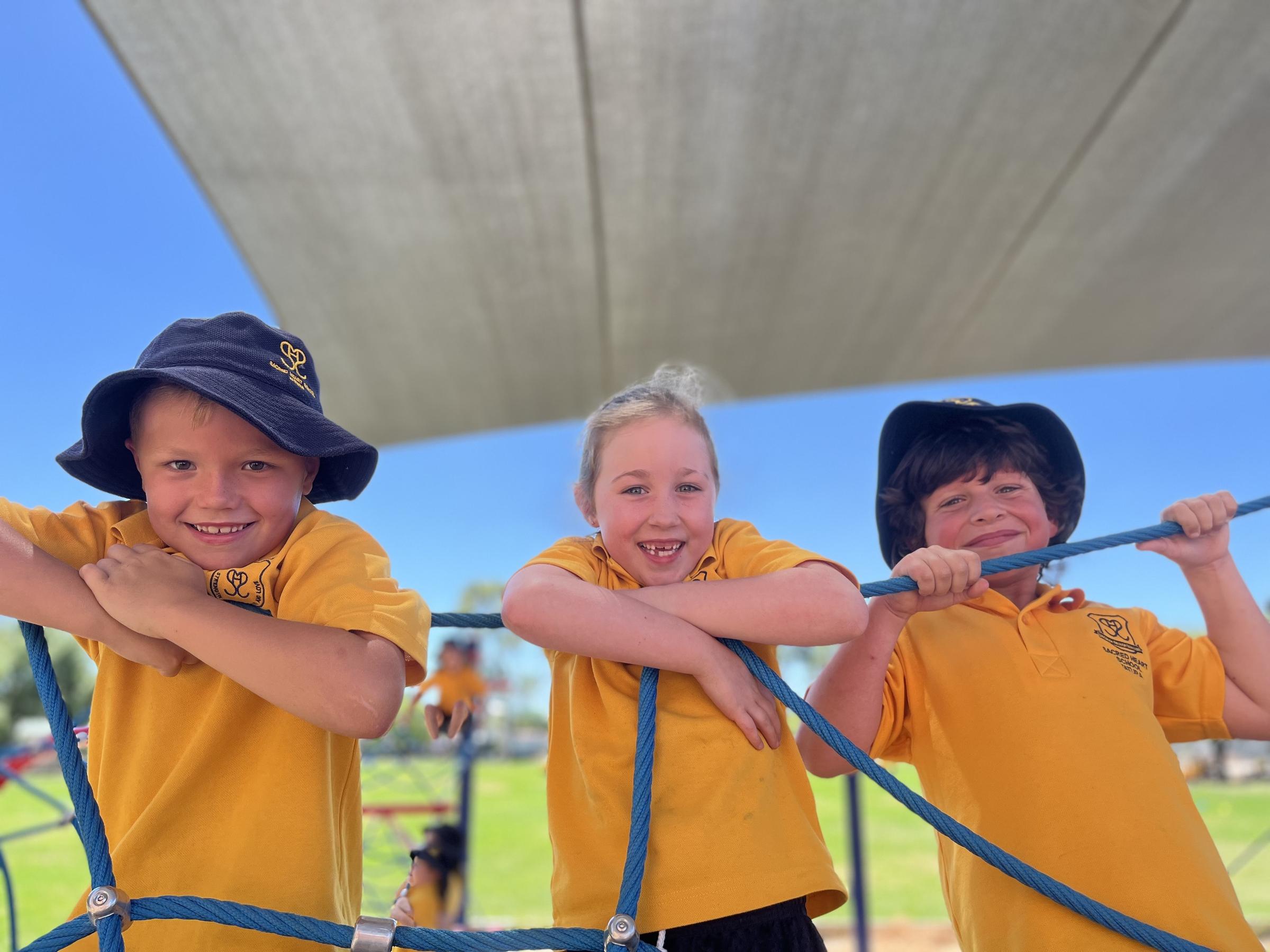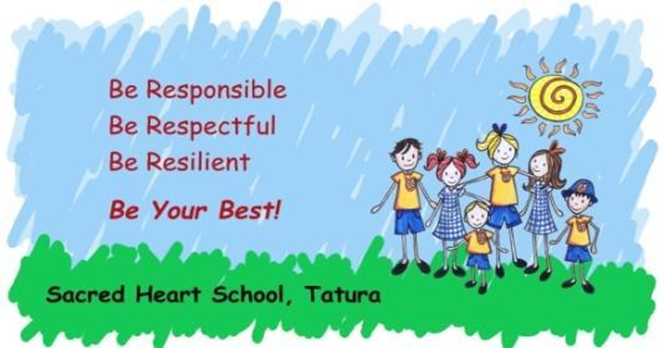Thrive & Flourish

Benvenuto e Saluti
Here we are, it’s week four of a ten-week term. Where does time go? As a society we are always counting down time. Time to get to work. Time to get the kids to school. Time for sport, dinner, cleaning, paying the bills…and family time? So much to do and so little time to do it. With this we may experience feelings of being overwhelmed, feeling insecure or ups and downs in our self-worth. Often, we hear the term ‘I am suffering anxiety’ or ‘I am anxious.’ We can feel anxious at various times as the pressures of life exist. Feeling anxious is a part of life. The difference between feeling anxious and anxiety is, when anxious feelings don't go away, happen without any particular reason or make it hard to cope with daily life it may be the sign of an anxiety condition. (Beyond Blue)
Teaching Self-Regulation for Anxious Kids
It’s completely normal for children to experience heightened emotions during any significant changes in their routine.
Teaching children to self-regulate their emotions is an important life skill which can help them identify and understand their emotions, and also manage them effectively.
If you notice your child is struggling to cope with their emotions, here are five practical ways you can support the development of self-regulation in your child.
1. Help identify and name feelings
Help your child name their feelings by giving them a label (e.g. sad, worried, or angry). You can help your child identify their feelings by describing how you would feel in their situation – “I would feel angry if Annie took my toy. Do you think you’re feeling angry right now?” Start with basic emotions which are easiest to comprehend, then once your child becomes familiar with these you can help identify more complex levels of each emotion. For example, anger is a basic emotion, but upset, frustrated, and furious are more complex descriptors of the level of anger we may experience.
Naming feelings is integral in helping children learn to identify them. Not only does it allow your child to develop vocabulary so they can talk about their feelings, but it also creates a starting point to explore the root of the problem.
2. Model ways to deal with strong emotions positively
Children develop self-regulation through warm and responsive relationships, and by watching those around them. Use organic opportunities to model how to manage strong emotions in positive and constructive ways. For example, how you can complete a frustrating task without becoming upset. In this scenario you might say something like “That was really difficult and I was feeling frustrated, but I kept trying and I got there in the end”.
If you use deep breathing or other coping strategies, model these both when you’re struggling with difficult emotions AND when your child is too.
3. Offer a toolbox of coping strategies
What works for one person doesn’t work for everyone. Teach and model to your child a range of different coping strategies, so that they can experiment with each and find the ones that work best for them.
Some examples of coping strategies include:
- Physical tools (e.g. walking, stretching, jumping jacks)
- Thinking tools (e.g. coping statements, positive self-talk, mindfulness, affirmations)
- Social tools (e.g. connecting with a friend or trusted adult)
- Relaxing tools (e.g. yoga, meditation, visual imagery)
- Creative tools (e.g. drawing, painting, journaling)
4. Support with problem solving if needed
It is often difficult to solve a problem when experiencing strong emotions. Once your child is feeling calm and safe after using a coping strategy of their choice, this is now a good opportunity to problem solve. You can encourage your child to problem solve on their own, or ask if they need some support. For example: “What could you do next time when Annie wants to play with the toy you’re playing with?” “Do you want my advice?”
Give every opportunity for your child to learn and problem solve on their own, and respect their decision if they don’t want your advice. Just let them know that you’re there to help if and when they need it.
5. Show empathy, encouragement, and praise
Self-regulating emotions takes a lot of practice, just like learning to walk! It is important that your child feels cared about, valued, and understood as they learn to regulate. Expect setbacks in their learning and growth, too – some challenges will be more difficult than others and that’s okay.
Make sure to praise your child when they talk about their feelings or express them in an appropriate way. Not only does it help to normalise feeling and create a safe context to talk about them, it also reinforces this behaviour so they are likely to repeat it.
Children who are able to identify, express and manage their emotions effectively are more likely to experience an array of long-term benefits to their mental health and wellbeing.
These benefits include better school and career outcomes, more positive and stable relationships, behaving in socially acceptable ways, greater resilience and coping skills, and a positive sense of self.
COPING SKILL SPOTLIGHT: 5, 4, 3, 2, 1 GROUNDING TECHNIQUE
HOW TO DO IT:
This technique will take you through your five senses to help remind you of the present. This is a calming technique that can help you get through tough or stressful situations.
Take a deep belly breath to begin.
5 - LOOK: Look around for 5 things that you can see, and say them out loud. For example, you could say, I see the computer, I see the cup, I see the picture frame.
4 - FEEL: Pay attention to your body and think of 4 things that you can feel, and say them out loud. For example, you could say, I feel my feet warm in my socks, I feel the hair on the back of my neck, or I feel the pillow I am sitting on.
3 - LISTEN: Listen for 3 sounds. It could be the sound of traffic outside, the sound of typing or the sound of your tummy rumbling. Say the three things out loud.
2 - SMELL: Say two things you can smell. If you’re allowed to, it’s okay to move to another spot and sniff something. If you can’t smell anything at the moment or you can’t move, then name your 2 favourite smells.
1 - TASTE: Say one thing you can taste. It may be the toothpaste from brushing your teeth, or a mint from after lunch. If you can’t taste anything, then say your favourite thing to taste.
Take another deep belly breath to end.
Be an eSafe kid: Take action against online bullying
The office of the eSafety Commissioner has many resources to cope with any issues relation to the world wide web (WWW). Visit the eSafety Kids website for ideas and support should your child be experiencing unwelcomed or online bullying: ESAFETY WEBSITE You can also find many resources to help you as a parent or adult experiencing similar issues.
Liam's Joke of the Week
Q: What do you call a bear with no teeth?
A: A gummy bear!
Take care of yourself
Alla prossima volta
Dom Poppa




